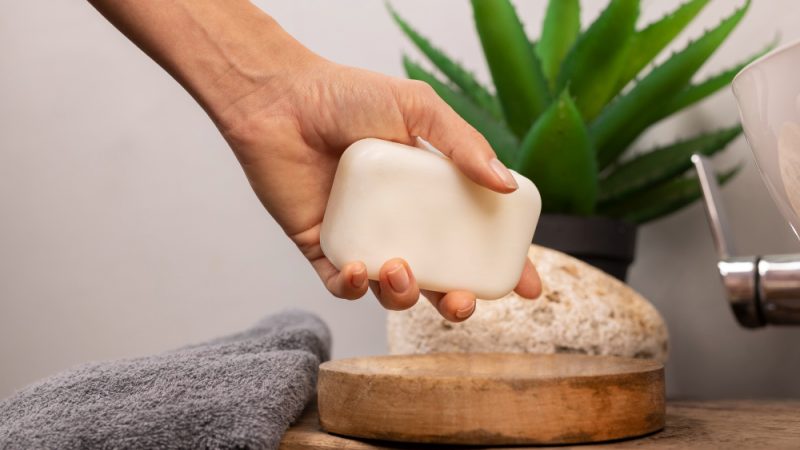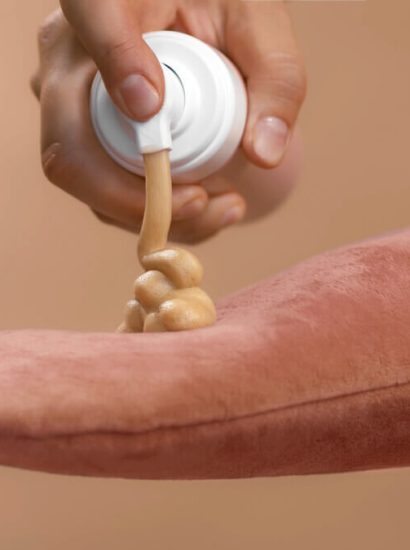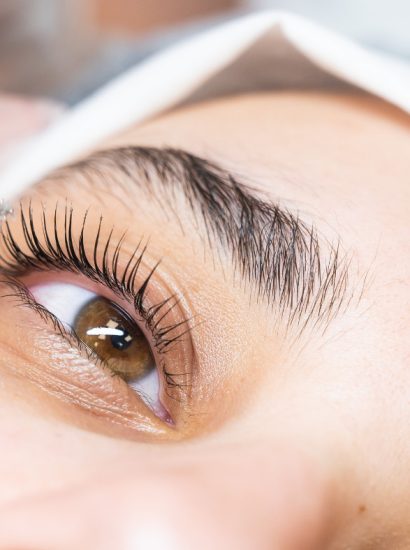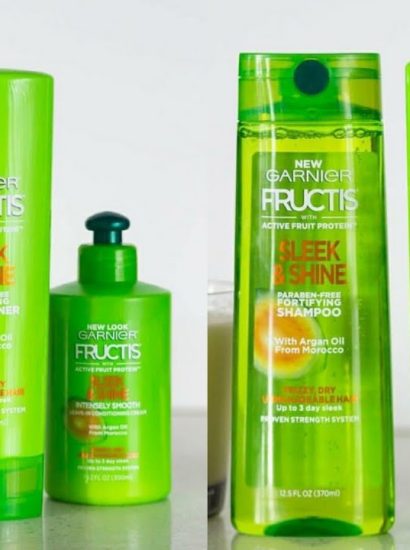Shampoo bars have become one of the most popular eco-friendly alternatives to traditional bottled shampoos. Compact, long-lasting, and plastic-free, they offer a sustainable way to clean your hair without compromising on quality. But if you are new to them, you might wonder — how do you use a shampoo bar the right way?
The truth is, using a shampoo bar isn’t difficult, but it does require a slightly different approach from your regular liquid shampoo. In this complete guide, we’ll show you how to use shampoo bars correctly for every hair type, along with tips to ensure your hair stays clean, soft, and healthy.
What Are Shampoo Bars?
Shampoo bars are solid cleansers made with similar ingredients to liquid shampoos but without water or plastic packaging. They are concentrated with natural oils, butters, and cleansing agents that gently remove dirt and oil from the scalp.
Most shampoo bars are crafted with plant-based ingredients such as coconut oil, shea butter, and essential oils, making them suitable for a variety of hair types. They are not soap bars — rather, they are pH-balanced for hair, ensuring they don’t strip away essential moisture.
Shampoo bars are also more sustainable because one bar can replace two to three bottles of liquid shampoo, helping reduce plastic waste significantly.
Why Switch to a Shampoo Bar?
There are several reasons why people are making the switch to shampoo bars:
- Eco-friendly: No plastic packaging means less waste.
- Travel-friendly: Compact and spill-proof, ideal for travel.
- Long-lasting: One bar can last up to 80 washes.
- Gentle ingredients: Many bars are sulfate-free and better for sensitive scalps.
- Cost-effective: Though small, they last longer than bottled alternatives.
For those who care about sustainability and scalp health, shampoo bars offer the perfect balance between clean beauty and effectiveness.
The Right Way to Use a Shampoo Bar
The process of using a shampoo bar differs slightly from using liquid shampoo. Here’s how to do it correctly:
- Wet your hair completely: Ensure your hair and scalp are fully soaked with warm water. This helps create a rich lather.
- Wet the bar: Rub the bar between your hands for a few seconds to activate it.
- Apply to scalp: Rub the bar directly on your scalp in circular motions for 10 to 15 seconds, focusing on roots.
- Lather and massage: Use your fingers to build a lather and massage your scalp as you normally would.
- Rinse thoroughly: Rinse your hair with warm water until all residue is gone.
- Follow with conditioner: Apply a conditioner or conditioner bar for extra softness.
If you have hard water, consider using a vinegar rinse (one part apple cider vinegar to three parts water) to help remove buildup and balance your hair’s pH.
How to Use Shampoo Bars for Different Hair Types
Every hair type reacts differently to shampoo bars. Understanding your hair’s needs ensures you get the best results.
For oily hair:
Use a clarifying shampoo bar with ingredients like lemon, charcoal, or tea tree oil. Focus on your scalp, not the ends, and rinse well. Avoid over-lathering, as too much friction can increase oil production.
For dry hair:
Opt for moisturizing bars made with coconut oil, shea butter, or argan oil. Focus the lather on your scalp, and let the suds cleanse your lengths gently as you rinse. Follow up with a nourishing conditioner.
For curly hair:
Curly hair benefits from hydrating shampoo bars that are sulfate-free and rich in natural oils. Avoid over-scrubbing your curls; instead, gently massage the scalp and let the product flow through your hair.
For color-treated hair:
Choose a pH-balanced bar labeled safe for colored hair. These help maintain vibrancy and protect your color from fading.
For fine or thin hair:
Lightweight shampoo bars with ingredients like green tea or aloe vera add volume without weighing hair down. Rinse thoroughly to prevent residue buildup.
How to Store Shampoo Bars Properly
Proper storage can extend the life of your shampoo bar and maintain its quality. Since these bars are concentrated and contain no preservatives, they must stay dry between uses.
- Place the bar on a draining soap dish or wire rack.
- Avoid storing it in a humid shower corner.
- Let it air dry completely after each use.
- For travel, keep it in a tin with drainage holes or wrap it in a paper towel.
When stored properly, a single shampoo bar can last several months, giving you maximum value for your money.
The Transition Period: What to Expect
When you first switch to a shampoo bar, your hair may go through a short adjustment period. This is completely normal and temporary.
Many liquid shampoos contain silicones and sulfates that coat the hair. When you stop using them, your scalp begins to rebalance its oil production, which can make your hair feel waxy or heavy at first.
This transition usually lasts one to two weeks. To help speed up the process:
- Use a clarifying rinse once a week to remove buildup.
- Rinse thoroughly after every wash.
- Avoid adding new styling products during this time.
Once your scalp adjusts, you’ll notice softer, cleaner, and more manageable hair.
Common Mistakes to Avoid
Many first-time users make small mistakes that can affect their experience with shampoo bars. Avoid the following pitfalls:
- Using too much product: A little goes a long way.
- Not rinsing thoroughly: Leftover residue can make hair feel heavy.
- Using soap bars instead of shampoo bars: Soap bars are not pH-balanced for hair.
- Improper storage: Leaving the bar in water causes it to dissolve quickly.
- Skipping conditioner: Shampoo bars clean well but still need moisture balance.
By avoiding these mistakes, you can enjoy the full benefits of your shampoo bar without frustration.
Benefits of Using Shampoo Bars Long-Term
Once you adapt to shampoo bars, you’ll likely notice multiple benefits for both your hair and the environment.
- Healthier scalp: Natural ingredients promote balance and reduce irritation.
- Shinier hair: Fewer synthetic ingredients mean less buildup and more natural shine.
- Less product waste: Concentrated formulas require less frequent repurchasing.
- Eco-conscious lifestyle: You contribute to reducing plastic and environmental pollution.
Over time, these bars can transform your hair routine into something cleaner, simpler, and more sustainable.
DIY and Natural Shampoo Bars
For those who prefer an extra-personal touch, DIY shampoo bars are becoming increasingly popular. Homemade bars allow you to customize ingredients for your hair’s specific needs.
Common ingredients include:
- Base oils: Coconut, olive, or castor oil for cleansing and softness.
- Butters: Shea or cocoa butter for moisture.
- Essential oils: Lavender, peppermint, or rosemary for fragrance and scalp health.
If you decide to make your own, always follow a tested recipe and ensure the bar’s pH is safe for hair.
Why Conditioner Bars Are the Perfect Match
To complete your hair care routine, consider pairing your shampoo bar with a conditioner bar. These solid conditioners work the same way — simply rub between your hands and apply to the mid-lengths and ends of your hair.
Conditioner bars restore hydration, detangle strands, and lock in moisture. Using both shampoo and conditioner bars creates a balanced, plastic-free hair care system that supports healthy, strong, and shiny hair.
Conclusion
Learning how to use shampoo bars the right way can completely transform your hair care routine. Once you understand how they work and what your hair needs, you’ll find that these compact, eco-friendly alternatives offer a luxurious, effective clean without the plastic waste.
Whether your hair is oily, dry, curly, or color-treated, there’s a shampoo bar suited to your type. With the right technique and proper care, you can enjoy shiny, healthy hair that feels soft and balanced — all while helping the planet.
Switching may take a little adjustment, but once you do, you’ll never look back.
FAQs
1. How long does a shampoo bar last?
A single shampoo bar typically lasts between 60 to 80 washes, depending on how often you wash your hair and how well you store it.
2. Do shampoo bars work in hard water?
Yes, but you might experience more buildup in hard water areas. Using a vinegar rinse once a week helps balance pH and remove residue.
3. Can I use a shampoo bar every day?
You can, but it’s best to find a formula that suits your hair type. For daily washing, choose a mild, moisturizing shampoo bar.
4. Will a shampoo bar make my hair greasy?
If your hair feels greasy, you may not be rinsing thoroughly or may be using a bar with too many oils for your hair type. Rinse longer or try a lighter formula.
5. Can men use shampoo bars too?
Absolutely. Shampoo bars work for all hair types and are especially convenient for men who prefer simple, low-maintenance routines.
Also read: What Is Depotting? A Complete Guide to Organizing Your Makeup





